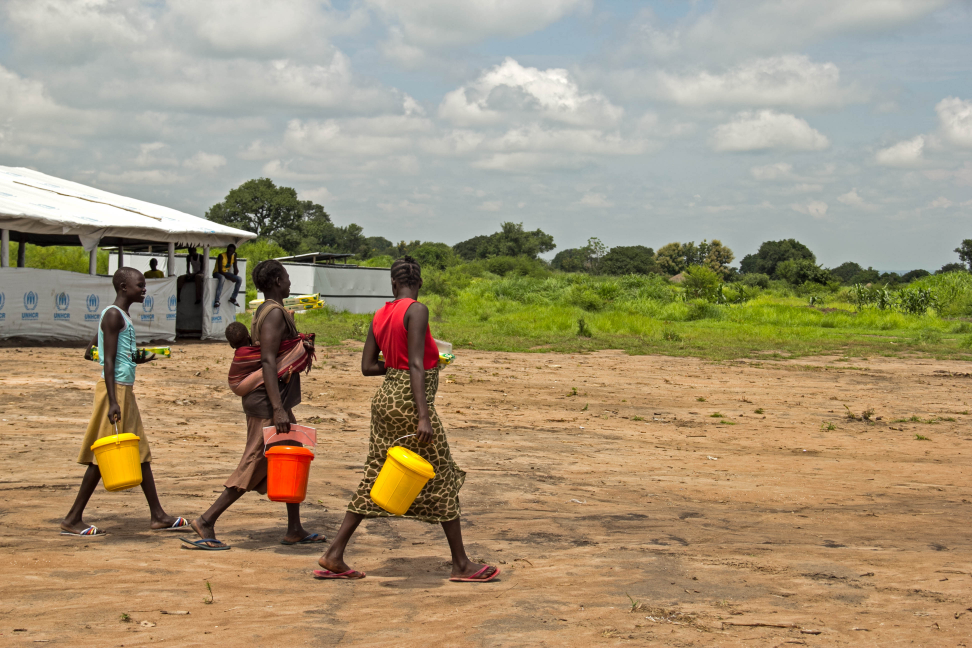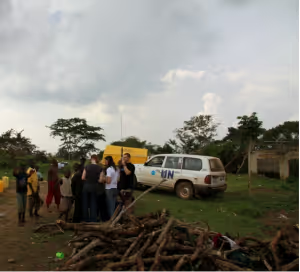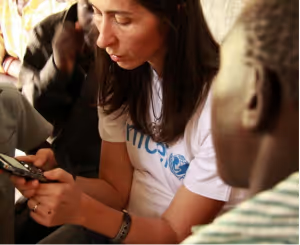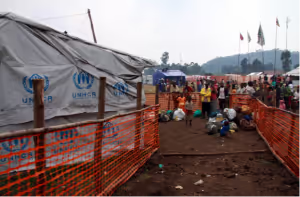Nyakabande Transit Centre
24
August
2012
Type
Grantee insights
Area of funding
Humanitarian Innovation
Focus areas
No items found.
Year

As of July 2012, the technical direction of RapidFTR has been successfully transferred from New York to Kampala, Uganda. Jorge Just, the outgoing project coordinator, has done a great job originating and shepherding RapidFTR through the initial stages of development to Uganda, where I will be working with the newly-hired software development team to finalise and test the software, conduct user training and, finally, deploy the system in east Africa and beyond.
Transitioning RapidFTR has been a complex and time-consuming task. But the week of 6th August illustrated why doing so was vitally important.
Together with a Child Protection Specialist from UNICEF Uganda, I travelled from Kampala to Kisoro, in the southeast corner of the country, near to the point where the borders of Uganda, Democratic Republic of Congo (DRC), and Rwanda meet.
There we visited the Nyakabande Transit Centre, where hundreds of people arrive each week, fleeing violence in DRC. The transit centre is approximately 10 kilometres from the border and serves as the initial reception centre for refugees, who are given temporary shelter and food and- if they choose to go- await transfer to Rwamwanja Refugee Camp, about eight hours north by convoy.
Although refugee contexts are but one example where RapidFTR will be used by humanitarian/child protection workers, we spent a few days understanding how unaccompanied minors are documented, cared for, and moved from transit centre to camp, and the processes in place for tracing their caregivers and families. Our hosts from United Nations High Council for Refugees (UNHCR) and Uganda Red Cross Society (URCS) graciously shared the many challenges they face, and how they work to meet them each day. In turn we showed off RapidFTR and received direct feedback from the humanitarian workers on the ground whom the system is intended to help.
Overall, it was a successful and challenging trip, but we left reaffirmed that the need for RapidFTR is pressing, and that it could begin to make a difference in the lives of children in the most dire situations, the moment that it is ready for deployment.
Cary McCormick - UNICEF Uganda, T4D
No items found.
Stay updated
Sign up for our newsletter to receive regular updates on resources, news, and insights like this. Don’t miss out on important information that can help you stay informed and engaged.
Related articles
all latest news
.png)
Elrha insights
The 16 Days of Activism: Innovating GBV response amid global challenges

Elrha insights
Integration, inclusion, and innovation: What we learned at the 2025 International Conference on Family Planning

Elrha insights
Climate adaptation in humanitarian WASH: five lessons from World Water Week
Explore Elrha
Learn more about our mission, the organisations we support, and the resources we provide to drive research and innovation in humanitarian response.





